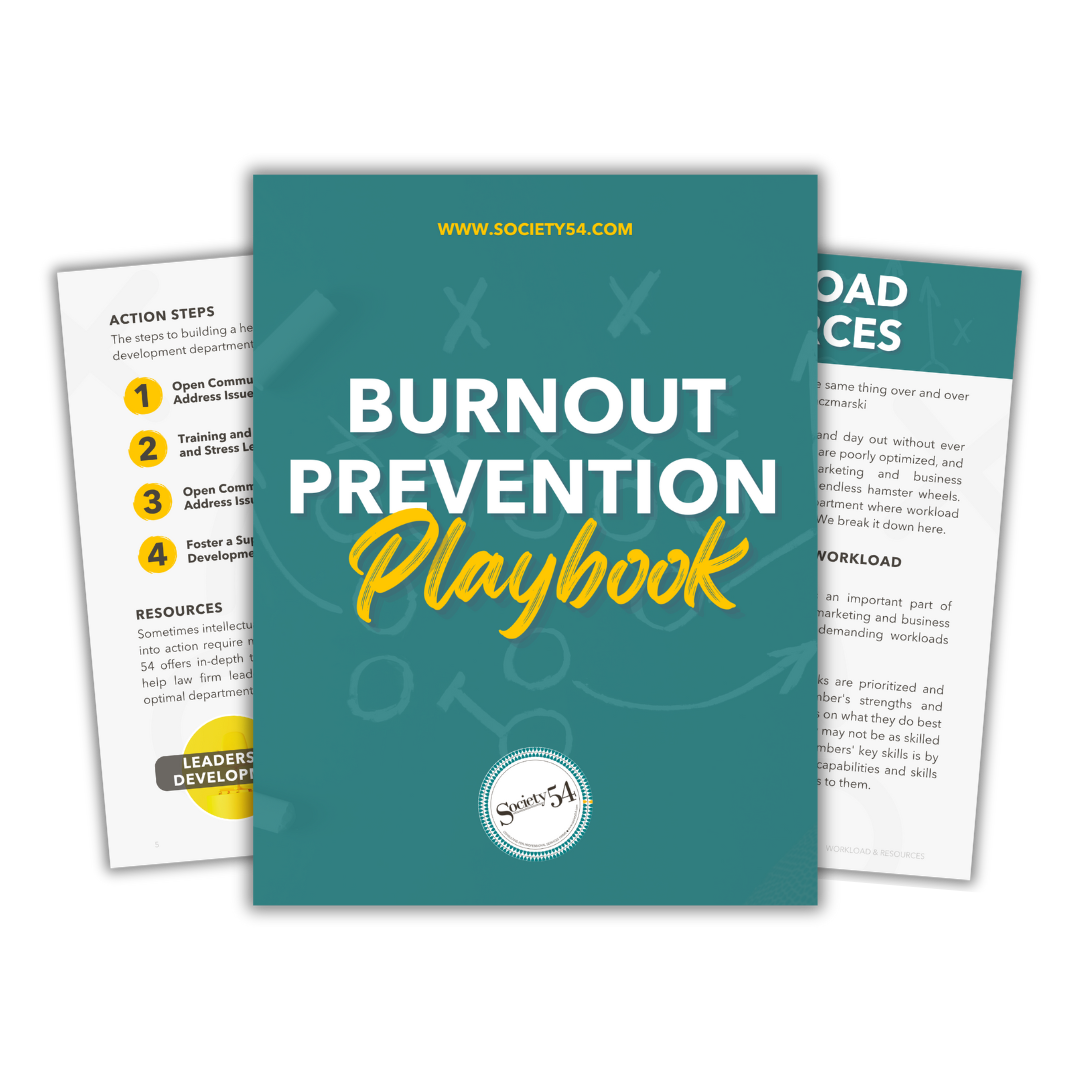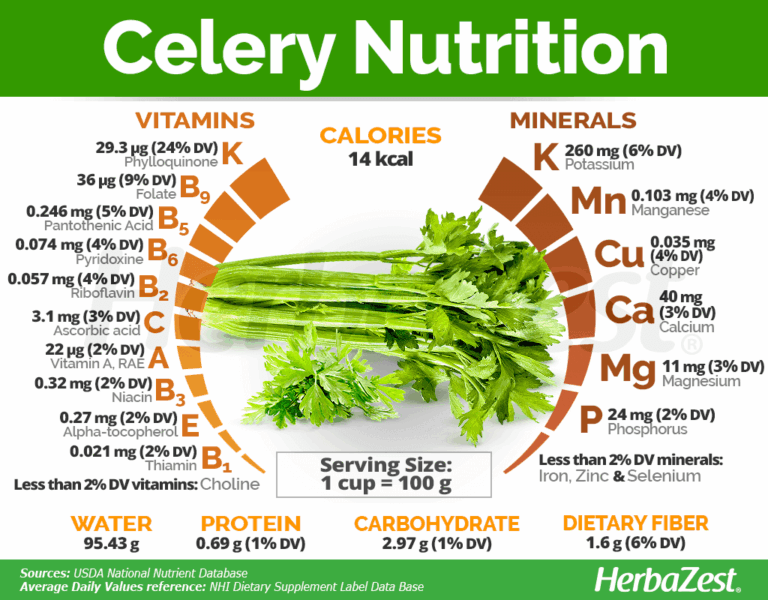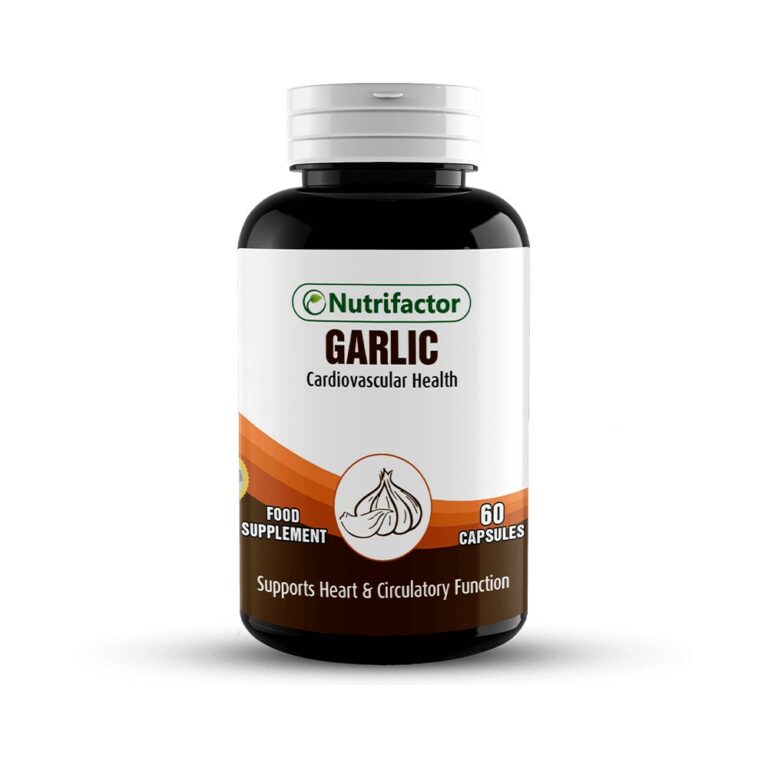The Prevention Playbook: How to Re-Engineer Your Life to Reduce Headache Frequency
Introduction: The Unseen Battle and the Promise of a New Strategy
For millions, headaches aren’t just an occasional nuisance; they are an unseen battle, a shadow that can steal days, productivity, and joy. From the dull, persistent throb of a tension headache to the incapacitating assault of a migraine, these unwelcome visitors dictate schedules, derail plans, and erode the quality of life. The conventional approach often centers around reaction: reaching for a pill at the first sign of pain, hoping to quell the storm once it has already begun to rage.
But what if there was another way? What if we could shift our focus from mere reaction to profound prevention? What if, instead of waiting for the enemy to strike, we could re-engineer our defenses, dismantle its supply lines, and fortify our very being against its incursions? This is the premise of "The Prevention Playbook," a comprehensive guide to understanding, identifying, and proactively mitigating the factors that trigger headaches. It’s not about quick fixes; it’s about a fundamental re-engineering of your daily life, a strategic overhaul designed to dramatically reduce the frequency and intensity of your headaches, offering not just relief, but liberation.
Our audience, knowledgeable and discerning, understands that true change requires more than superficial adjustments. It demands a deep dive into root causes, a commitment to consistent effort, and a willingness to view one’s life as a complex system ripe for optimization. This playbook is your blueprint, a detailed narrative of how to transform your susceptibility into resilience, your pain into peace.
Chapter 1: Understanding the Battlefield – Decoding Your Headaches
Before we can build a fortress, we must understand the landscape of our vulnerability. Headaches are not monolithic; they are a diverse family with distinct characteristics and, crucially, distinct triggers. While this playbook focuses on general prevention strategies applicable to many types, a foundational understanding of your specific headache pattern is paramount.
The Spectrum of Suffering:
- Tension Headaches: The most common, often described as a tight band around the head. Linked heavily to stress, muscle tension in the neck and shoulders, poor posture, and fatigue.
- Migraines: More severe, often characterized by throbbing pain, sensitivity to light and sound, nausea, and aura (visual disturbances) in some cases. Triggers are highly individual and can include hormonal shifts, specific foods, weather changes, stress, and sleep disturbances.
- Cluster Headaches: Rare but excruciatingly painful, typically focused around one eye, occurring in clusters over weeks or months. Less responsive to lifestyle changes alone, requiring specific medical intervention.
- Medication Overuse Headaches (MOH): A cruel irony where frequent use of acute pain medication causes more headaches. A critical factor to consider in chronic headache sufferers.
- Secondary Headaches: Caused by an underlying condition (sinus infection, head injury, tumor, etc.). These require medical diagnosis and treatment of the primary cause.
The Indispensable Tool: The Headache Diary
This is where the story of your re-engineering begins. A headache diary is not merely a record; it’s your personal intelligence gathering operation, your data analyst, your Sherlock Holmes. For at least 4-8 weeks, meticulously record:
- Date and Time of Onset: Pinpoint patterns.
- Severity (1-10 scale): Track intensity.
- Type of Pain: Throbbing, dull, sharp, pressure.
- Location of Pain: Front, back, side, all over.
- Accompanying Symptoms: Nausea, light/sound sensitivity, aura, stiffness.
- Medication Taken: Type, dosage, effectiveness.
- Potential Triggers (Crucial!): This is the goldmine. What did you eat? How much did you sleep? What was your stress level? Did you skip a meal? What was the weather like? Did you engage in strenuous activity? Were you exposed to strong smells or bright lights? Women should also note their menstrual cycle.
Identifying Your Personal Triggers: The Root Cause Analysis
After weeks of diligent tracking, patterns will emerge. You might discover that skipping breakfast inevitably leads to an afternoon tension headache. Or that a glass of red wine reliably ushers in a migraine. Perhaps fluorescent lighting in the office is a silent saboteur. This data is invaluable. It transforms abstract advice ("avoid triggers") into actionable intelligence ("avoid my specific triggers"). This forensic analysis forms the bedrock of your prevention playbook. Without this understanding, any re-engineering effort is akin to building a house without a blueprint.
Chapter 2: The Foundational Pillars – Re-Engineering Your Daily Architecture
With your trigger intelligence in hand, it’s time to lay the groundwork for a headache-resistant life. These are the core pillars, the non-negotiables, the architectural elements that, when properly designed and consistently maintained, dramatically reduce headache frequency.
Pillar 1: The Sanctuary of Sleep – Restoring Your Neural Balance
Sleep is not a luxury; it’s a fundamental biological imperative, especially for the headache-prone. During sleep, our brains literally clean themselves, processing waste products and consolidating memories. Disruption to this vital process is a well-documented headache trigger.
The Re-Engineering Strategy:
- Consistent Sleep Schedule: The single most powerful tool. Go to bed and wake up at the same time every day, even weekends. This regulates your circadian rhythm, optimizing hormonal balance and neurotransmitter function.
- Optimal Sleep Environment: Your bedroom should be a cave: dark, quiet, and cool (ideally 60-67°F or 15-19°C). Block out light, use earplugs or white noise, and ensure a comfortable mattress and pillows.
- Pre-Sleep Ritual: Wind down. Avoid screens (phones, tablets, TVs) at least an hour before bed. Engage in relaxing activities: reading a physical book, taking a warm bath, gentle stretching, meditation.
- Limit Caffeine and Alcohol: Especially in the afternoon and evening. Both can disrupt sleep architecture, leading to fragmented rest and potential rebound headaches.
- Address Sleep Disorders: Snoring, sleep apnea, or restless leg syndrome can severely compromise sleep quality. Consult a doctor if you suspect an underlying sleep disorder.
The "Why": Sleep deprivation stresses the nervous system, alters pain processing pathways, and can lead to a cascade of physiological responses that prime the brain for a headache. Regular, restorative sleep allows the brain to reset and repair, building resilience against triggers.
Pillar 2: Mastering Stress – The Mind-Body Connection
Stress is arguably the most pervasive and insidious headache trigger. It doesn’t just cause tension headaches; it can lower the migraine threshold, making one more susceptible to attacks from other triggers. Stress manifests physically, leading to muscle tension, altered breathing patterns, and a heightened state of physiological arousal that can culminate in pain.
The Re-Engineering Strategy:
- Mindfulness and Meditation: Even 10-15 minutes daily can profoundly alter your response to stress. Apps like Calm or Headspace can guide beginners. The goal isn’t to eliminate stress, but to change your relationship with it.
- Deep Breathing Exercises: Simple yet powerful. Diaphragmatic breathing activates the parasympathetic nervous system, inducing relaxation. Practice several times a day, especially during moments of perceived stress.
- Regular Physical Activity: Exercise is a natural stress reliever. Aim for at least 30 minutes of moderate activity most days of the week. Choose activities you enjoy to ensure consistency. (Caution: Intense, sudden exercise can be a trigger for some, so start gently).
- Time Management & Boundaries: Learn to prioritize, delegate, and most importantly, say "no." Overcommitment is a silent stress accelerator. Establish clear boundaries between work and personal life.
- Hobbies and Downtime: Schedule non-negotiable time for activities that bring you joy and allow you to decompress. This is not wasted time; it’s essential self-care.
- Cognitive Behavioral Therapy (CBT): For chronic stress or anxiety, CBT can provide tools to reframe negative thought patterns and develop healthier coping mechanisms.
The "Why": Chronic stress floods the body with cortisol and other stress hormones, increases muscle tension (especially in the neck and shoulders), and can disrupt neurotransmitter balance, all of which contribute to headache genesis. Proactive stress management effectively disarms one of the most potent headache triggers.
Pillar 3: Fueling the Fortress – Nutrition and Hydration
What you put into your body directly impacts its functioning, including its susceptibility to headaches. Dietary triggers are highly individual, but certain patterns emerge, and consistent, balanced fueling is universally beneficial.
The Re-Engineering Strategy:
- Consistent Meal Times: Skipping meals, especially breakfast, leads to blood sugar fluctuations, a common headache trigger. Eat small, frequent, balanced meals to keep blood sugar stable.
- Hydration is Non-Negotiable: Dehydration is a primary headache cause. Aim for at least 8-10 glasses (2-2.5 liters) of water daily. Keep a water bottle handy and sip throughout the day.
- Identify and Eliminate Dietary Triggers: Refer to your headache diary. Common culprits include:
- Caffeine: Both too much and too little (withdrawal) can trigger headaches. Maintain a consistent, moderate intake or consider a slow, gradual reduction if you suspect it’s a trigger.
- Alcohol: Especially red wine, beer, and dark spirits. Sulfites, histamines, and tyramine can be problematic.
- Processed Foods: Often high in nitrates (cured meats), MSG, artificial sweeteners (aspartame), and food dyes.
- Tyramine-rich foods: Aged cheeses, smoked fish, some beans.
- Chocolate: A common migraine trigger for some.
- Citrus fruits: Less common, but possible for some individuals.
- Balanced Whole Foods Diet: Emphasize fruits, vegetables, lean proteins, and whole grains. This provides essential nutrients and antioxidants, supporting overall brain health.
- Magnesium and Riboflavin (B2): Some evidence suggests supplementation can help reduce migraine frequency for some individuals. Consult your doctor before starting any supplements.
The "Why": The brain is incredibly sensitive to its internal environment. Fluctuations in blood sugar, dehydration, and the presence of inflammatory or vasoactive compounds from certain foods can directly impact cerebral blood flow and neuronal excitability, leading to headaches. A clean, consistent fuel supply keeps the system running smoothly.
Pillar 4: Movement and Mechanics – The Body in Balance
Our physical structure and how we move (or don’t move) play a significant role in headache generation, particularly tension and cervicogenic headaches (originating from the neck). Prolonged static postures, muscle imbalances, and lack of physical activity can be silent aggressors.
The Re-Engineering Strategy:
- Regular, Moderate Exercise: Beyond stress reduction, exercise improves circulation, strengthens core and postural muscles, and releases endorphins. Find an activity you enjoy and make it a habit.
- Ergonomic Workspace: If you work at a desk, invest in proper ergonomics.
- Monitor: Top of the screen at eye level, arm’s length away.
- Chair: Good lumbar support, feet flat on the floor or a footrest.
- Keyboard/Mouse: Keep wrists straight, elbows at a 90-degree angle.
- Regular Breaks and Stretching: For every 30-60 minutes of desk work, take a 5-minute break to stand, stretch your neck, shoulders, and back. Look away from your screen.
- Posture Awareness: Be mindful of slouching, forward head posture (tech neck), and hunching. Practice good posture throughout the day.
- Physical Therapy/Massage: If you have persistent neck or shoulder tension, a physical therapist can identify muscle imbalances and provide targeted exercises. Regular massage can help release chronic tension.
The "Why": Poor posture and chronic muscle tension in the neck, shoulders, and upper back directly compress nerves and blood vessels, leading to tension and cervicogenic headaches. Regular movement and proper ergonomics alleviate this mechanical stress, promoting better circulation and reducing muscle stiffness.
Pillar 5: Environmental Control – Shaping Your World
Our surroundings can be powerful, often subtle, headache triggers. For those susceptible, bright lights, loud noises, strong smells, and even changes in barometric pressure can be enough to tip the balance.
The Re-Engineering Strategy:
- Light Sensitivity:
- Wear sunglasses outdoors, even on cloudy days.
- Consider FL-41 tinted glasses for indoor fluorescent lighting or computer use.
- Reduce screen brightness, use blue light filters, and take regular screen breaks.
- Avoid flickering lights or strobe effects.
- Sound Sensitivity:
- Use noise-canceling headphones in noisy environments.
- Create quiet spaces at home.
- Avoid sudden, loud noises.
- Smell Sensitivity:
- Identify and avoid strong perfumes, cleaning products, smoke, and certain food odors.
- Opt for unscented products.
- Ensure good ventilation.
- Temperature and Barometric Pressure:
- While you can’t control the weather, you can be prepared. Stay hydrated, dress in layers, and be mindful of sudden changes. Some individuals find weather apps that track barometric pressure helpful for anticipating potential headaches.
- Air Quality: Ensure good ventilation, use air purifiers if necessary, and avoid exposure to pollutants.
The "Why": The brains of headache sufferers, particularly those with migraine, often exhibit heightened sensory processing. What might be a mild stimulus for others can be an overwhelming assault for them, triggering a pain response. Modifying your environment reduces this sensory overload.
Chapter 3: Advanced Strategies and the Mindset of Resilience
Re-engineering your life is more than just implementing a checklist of habits. It’s a continuous process, requiring vigilance, adaptation, and a profound shift in mindset.
Advanced Strategy 1: Hormonal Harmonics (For Women)
Hormonal fluctuations are a significant trigger for many women, often leading to menstrual migraines or increased frequency around perimenopause.
The Re-Engineering Strategy:
- Track Your Cycle: Integrate your menstrual cycle into your headache diary. Note when headaches occur in relation to your period, ovulation, or hormonal shifts.
- Hormonal Management: Discuss options with your doctor. This might include:
- Hormonal Birth Control: Some women find certain oral contraceptives or other hormonal therapies can stabilize hormone levels and reduce headache frequency. Others find they worsen them. It’s highly individual.
- Non-Hormonal Approaches: Magnesium, riboflavin, and certain anti-inflammatory diets can sometimes help.
- Proactive Management: If you know a hormonal headache is likely, you and your doctor can develop a plan to proactively manage symptoms or even take preventive medication in the days leading up to the expected trigger.
The "Why": Estrogen withdrawal is a potent migraine trigger. By understanding and, where possible, modulating these hormonal shifts, women can gain significant control over a major headache pathway.
Advanced Strategy 2: Medication Management – The Double-Edged Sword
While this playbook emphasizes prevention, acute medication has its place. However, its misuse can become a trigger itself.
The Re-Engineering Strategy:
- Avoid Medication Overuse Headaches (MOH): This is critical. If you’re taking acute headache medication (triptans, ibuprofen, acetaminophen, opioids) more than 2-3 days a week, you’re at high risk for MOH. Consult your doctor immediately to develop a withdrawal plan.
- Appropriate Acute Treatment: When a headache strikes despite your best efforts, use the right medication at the right time. Early intervention with appropriate medication is often more effective than waiting until pain is severe. Discuss this with your doctor.
- Consider Prophylactic Medication: For frequent or severe headaches (e.g., more than 4-6 headache days per month), your doctor might recommend daily preventive medications (e.g., beta-blockers, antidepressants, anti-seizure drugs, CGRP inhibitors). These medications aim to raise your headache threshold.
- Don’t Self-Medicate Extensively: Always consult a healthcare professional for a diagnosis and treatment plan.
The "Why": The brain adapts to frequent analgesic use, leading to a cycle where the medication itself perpetuates the headaches. Prophylactic medications work by altering brain chemistry or pathways to reduce overall excitability, making the brain less susceptible to triggers.
The Mindset of Resilience: Patience, Persistence, and Self-Compassion
Re-engineering your life is not a sprint; it’s a marathon. There will be setbacks, days when a headache breaks through your defenses. This is where your mindset becomes your ultimate weapon.
- Patience: It takes time for the body to respond to new habits. Don’t expect immediate perfection. Focus on gradual, sustainable change.
- Persistence: Consistency is key. One week of good sleep or healthy eating isn’t enough; it’s the cumulative effect over months and years that yields lasting results.
- Self-Compassion: Don’t beat yourself up over slip-ups. Acknowledge the challenge, learn from the experience, and gently guide yourself back to your playbook. Stressing about a headache can ironically make it worse.
- Celebrate Small Victories: Every headache-free day, every reduced intensity, every successful avoidance of a trigger is a triumph. Acknowledge your progress to reinforce positive behaviors.
- Seek Support: Share your journey with trusted friends, family, or a support group. You are not alone. A professional therapist can also help manage the emotional burden of chronic pain.
- Regular Review and Adjustment: Your body changes, your life changes, and your triggers might evolve. Periodically review your headache diary, re-evaluate your strategies, and make necessary adjustments to your playbook.
Conclusion: The Architect of Your Own Well-being
The journey from chronic headache sufferer to architect of a headache-resilient life is a profound one. It’s a testament to the power of self-awareness, consistent effort, and the incredible adaptability of the human body. "The Prevention Playbook" is more than a list of recommendations; it’s a philosophy, a commitment to understanding your own intricate system and making deliberate choices that foster well-being rather than pain.
You are not merely reacting to symptoms; you are proactively shaping your internal and external environment. You are becoming a detective, a strategist, and ultimately, the master of your own neurological landscape. This re-engineering is not about achieving absolute perfection – occasional headaches may still occur, as life is unpredictable. But it is about dramatically reducing frequency, intensity, and impact, reclaiming your days, your energy, and your freedom.
Embrace this playbook. Write your own chapters. Learn, adapt, and persist. The story you tell yourself and the actions you take today will determine the headache-free future you can build, one re-engineered habit at a time. The power to transform your life, and to significantly reduce the burden of headaches, lies within your grasp. It’s time to pick up the playbook and begin.
Disclaimer: This article provides general information and strategies for headache prevention. It is not a substitute for professional medical advice, diagnosis, or treatment. Always consult with a qualified healthcare provider for any health concerns or before making any decisions related to your health or treatment plan, especially if you experience new, severe, or persistent headaches.







